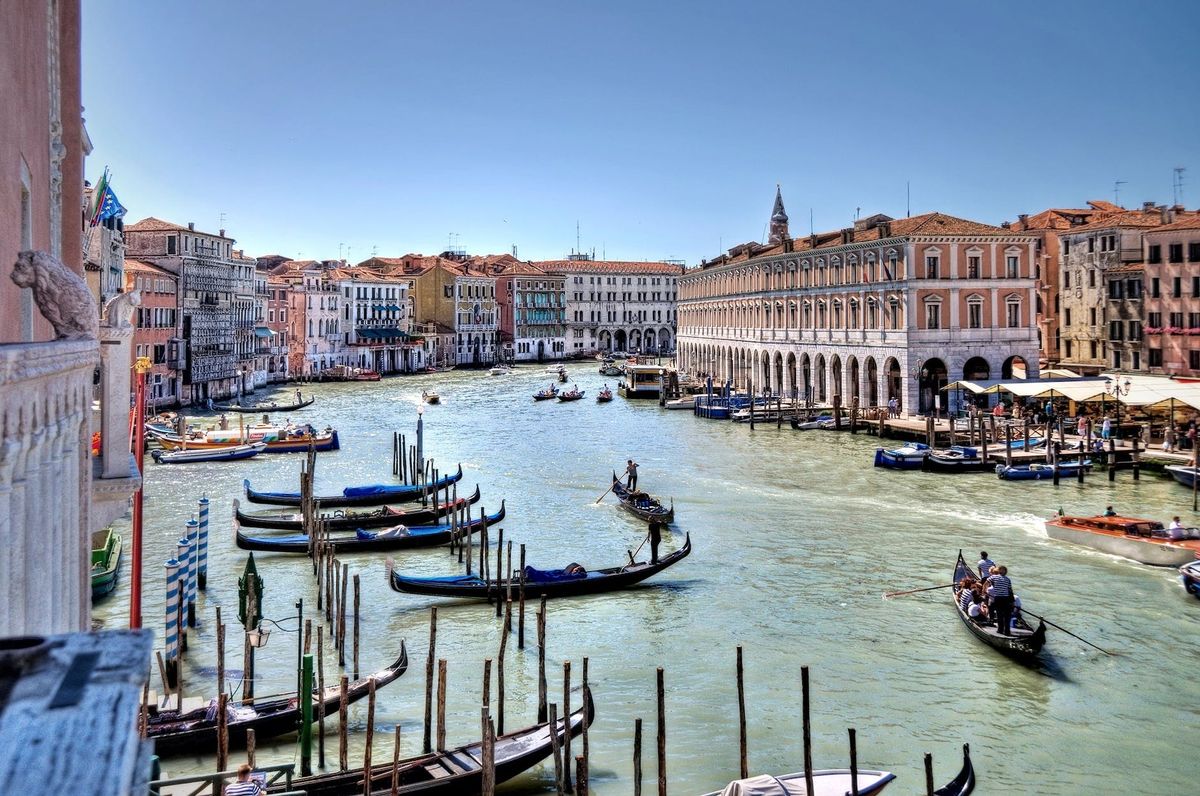How Venice is fighting with the ocean

A few minutes every morning is all you need.
Stay up to date on the world's Headlines and Human Stories. It's fun, it's factual, it's fluff-free.
If there’s a city in the West to watch as climate change causes ocean levels to rise, it’s Venice. Venice, Italy, which requires boats for most daily transportation, has been dealing with flooding for decades. But now, with climate change causing sea levels to go up, the consequences are particularly visible in this city made up of over 100 little islands.
To be clear, climate change isn’t the only thing affecting Venice – it’s been dealing with damage from boat wakes for years, and the worst flooding it’s ever seen was back in the 60s, before climate change was such a hot topic. (That’s not to mention the surfer bros hanging loose in the city’s canals and pissing off the mayor, but that’s a different story.)
Still, Venice is famous, small and wealthy, meaning it’s a sort of ground-zero for some interesting tests in the fight against the rising ocean. For example, some have recommended changes to the piles the buildings are built on – which are essentially long wooden poles that stick down into the mud – but experts say that isn’t the most practical solution. Others have said it would be possible to deepen underwater channels so that floods aren’t as bad, but that idea didn’t catch on either.
The one that did, though, is called the MOSE, which is a series of metal gates that can be deployed to keep the incoming tide from flooding the city. In theory, it could help Venice out for the next 100 years. But critics point out that it’ll only keep the city from flooding more than 110 centimeters, when parts of the city begin to flood at only 90 centimeters.
The situation in Venice is a real foil for what we could see in other cities around the world. In the meantime, though, the lesson to take is that cities built on literal shifting sands may not be around for the long run.




Comments ()